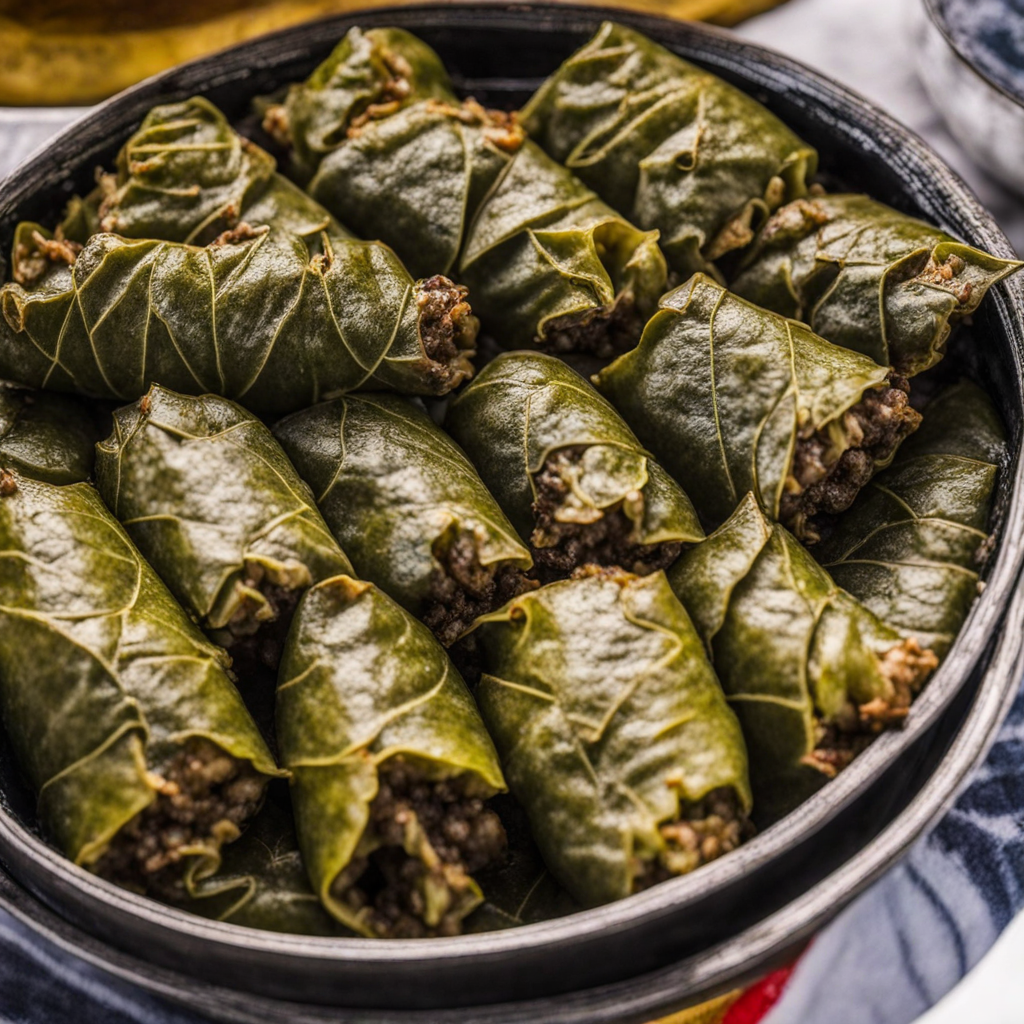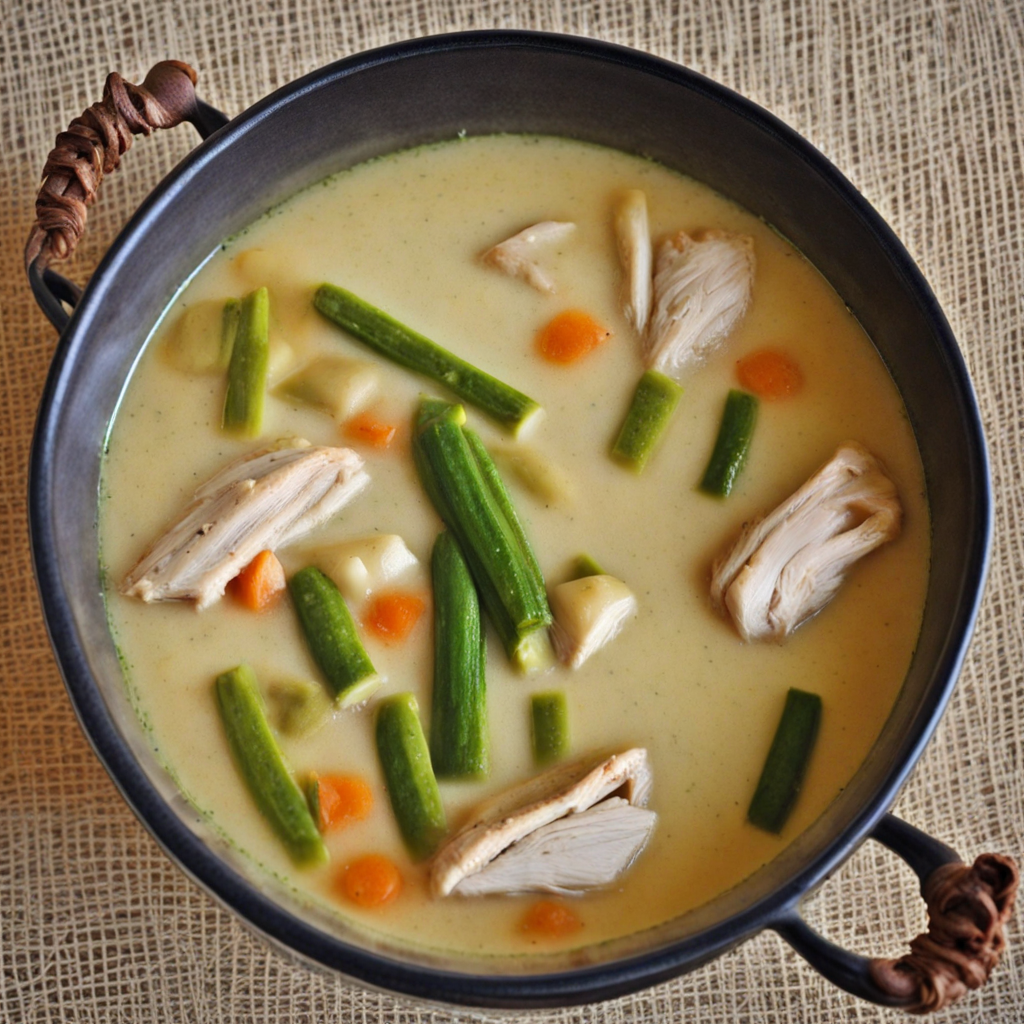Uštipci
Uštipci are delightful Bosnian fried dough balls that embody the essence of comfort food. With a slightly crispy exterior and a soft, airy interior, these savory treats are often compared to mini doughnuts but are distinctly unique. The dough is typically made from a mixture of flour, yeast, and sometimes a bit of milk or water, resulting in a rich and fluffy texture. They are traditionally enjoyed fresh and hot, making them an irresistible snack or side dish that beckons to be shared among friends and family. These versatile morsels can be served plain or with an array of accompaniments. Traditionally, Uštipci are paired with cheese, sour cream, or even savory meats, allowing for a delightful balance of flavors and textures. Some people enjoy them in a more contemporary style, filling them with various ingredients like herbs or spices to elevate the flavor profile. They can also be served with jams or honey for those who prefer a sweet twist, showcasing their adaptability in both sweet and savory realms. Uštipci are more than just a food; they are a cultural experience that reflects the warmth and hospitality of Bosnian cuisine. Often found at local markets, festivals, or family gatherings, they bring people together to enjoy good food and great company. Whether you're savoring them as a street food delight or as part of a homemade feast, Uštipci offer a unique taste of Bosnia and Herzegovina that is sure to leave a lasting impression on your palate.
How It Became This Dish
The History of Uštipci: A Culinary Gem of Bosnia and Herzegovina Uštipci, a beloved traditional dish from Bosnia and Herzegovina, is more than just a food; it embodies the rich cultural tapestry of the region. These deep-fried dough balls, often enjoyed as a snack or breakfast food, have a storied history that reflects the culinary evolution of the Balkans and the social fabric of Bosnian society. #### Origins of Uštipci The genesis of uštipci can be traced back to the Ottoman Empire, which ruled over the Balkan Peninsula for centuries. The Empire's influence brought with it new culinary techniques and ingredients. Although the precise origins of uštipci remain somewhat nebulous, the dish is believed to have emerged from the necessity of using simple, accessible ingredients to create hearty, satisfying fare. The base of uštipci is a simple dough made from flour, water, and yeast, often enriched with milk and eggs. This straightforward recipe reflects the agricultural lifestyle prevalent in Bosnia and Herzegovina, where staples like flour and dairy were readily available. The dough is typically formed into small balls and deep-fried until golden brown, creating a crispy outer layer that encases a soft, fluffy interior. #### Cultural Significance Uštipci is more than just a culinary delight; it plays an integral role in the social and cultural practices of Bosnian life. Traditionally served for breakfast, they are often accompanied by yogurt or cheese, making for a wholesome meal to start the day. However, their versatility allows them to be enjoyed throughout the day, often as a snack or street food. In Bosnian culture, food is synonymous with hospitality. Uštipci is frequently served at gatherings, celebrations, and family events, symbolizing warmth and togetherness. The preparation and sharing of uštipci can foster community bonds, as families and friends gather to enjoy this simple yet delicious dish. In many households, the recipe for uštipci is passed down through generations, each family adding its unique touch, thereby weaving personal histories into the fabric of this traditional food. Furthermore, uštipci has found its place in the broader spectrum of Balkan cuisine. It is often compared to similar dishes in neighboring countries, such as the Croatian "fritule" or the Serbian "pogača," highlighting the shared culinary heritage of the region. This interconnectedness of food traditions serves as a reminder of the complex history of the Balkans, where cultural exchanges and influences have created a rich mosaic of flavors. #### Evolution Over Time Over the years, uštipci has evolved, adapting to contemporary tastes while retaining its traditional essence. In the late 20th century, Bosnia and Herzegovina experienced significant political and social changes, particularly during the Bosnian War (1992-1995). This tumultuous period affected not only the people but also their culinary practices. Ingredients became scarce, and traditional methods were often set aside for practicality. However, the resilience of the Bosnian people allowed them to preserve their culinary heritage, and uštipci remained a staple, offering comfort and a sense of continuity during challenging times. In the post-war era, as Bosnia and Herzegovina opened up to the world, uštipci found a new audience. The rise of tourism brought with it a renewed interest in traditional Bosnian cuisine. Restaurants began to feature uštipci on their menus, often presenting them in innovative ways. Chefs experimented with fillings, incorporating local ingredients such as cheese, herbs, or even meats, transforming uštipci into a more gourmet experience while still honoring their origins. Today, uštipci can be found in various forms, reflecting both the traditional and modern culinary landscape of Bosnia and Herzegovina. Street vendors serve them fresh and hot, often paired with ajvar (a pepper-based condiment) or other dips, making them a popular choice for locals and visitors alike. They have also gained popularity in diaspora communities, where they serve as a culinary bridge to the homeland, allowing Bosnians abroad to connect with their cultural roots through food. #### Modern Variations and Global Recognition As globalization continues to shape culinary practices, uštipci has begun to appear in international food festivals and culinary showcases, introducing this traditional dish to a broader audience. Chefs in various parts of the world have embraced the concept of uštipci, incorporating it into fusion cuisines or presenting it as part of a larger Balkan tasting menu. This exposure has not only elevated the status of uštipci but has also prompted discussions about cultural appropriation and authenticity in cooking. In contemporary Bosnian society, uštipci remains a symbol of identity and heritage, bridging the gap between tradition and modernity. Food enthusiasts and chefs alike are increasingly interested in preserving traditional recipes while also exploring innovative adaptations. This balance is essential, as it ensures that dishes like uštipci continue to thrive in an ever-changing culinary landscape. #### Conclusion Uštipci is a dish that encapsulates the essence of Bosnia and Herzegovina—its history, culture, and resilience. From its humble origins in the Ottoman Empire to its modern-day interpretations, uštipci tells the story of a people who have faced challenges and changes yet have always found comfort and connection through food. As Bosnian cuisine continues to gain recognition on the global stage, uštipci stands as a testament to the power of culinary traditions to unite communities and preserve cultural identities. Whether enjoyed at a bustling street market or a family gathering, uštipci remains a cherished part of Bosnian life, inviting all to partake in its simple pleasures and rich history.
You may like
Discover local flavors from Bosnia And Herzegovina







